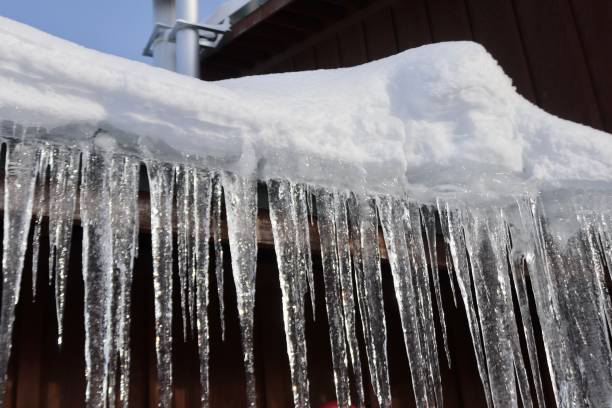Crucial Tips to Prevent Frozen Pipes in Cold Weather
Crucial Tips to Prevent Frozen Pipes in Cold Weather
Blog Article
Just how do you feel about How To Avoid Freezing Pipes?

Winter can ruin your plumbing, especially by freezing pipes. Right here's just how to stop it from happening and what to do if it does.
Introduction
As temperatures drop, the risk of frozen pipes increases, possibly leading to costly repair work and water damages. Recognizing exactly how to avoid icy pipelines is vital for homeowners in chilly climates.
Avoidance Tips
Insulating prone pipes
Cover pipes in insulation sleeves or use warm tape to protect them from freezing temperatures. Focus on pipes in unheated or external areas of the home.
Home heating methods
Maintain interior rooms effectively heated, specifically areas with plumbing. Open up cabinet doors to enable cozy air to circulate around pipes under sinks.
Just how to identify frozen pipes
Try to find lowered water flow from faucets, unusual odors or sounds from pipelines, and noticeable frost on revealed pipelines.
Long-Term Solutions
Architectural adjustments
Consider rerouting pipes away from outside wall surfaces or unheated locations. Include additional insulation to attic rooms, basements, and crawl spaces.
Upgrading insulation
Invest in top quality insulation for pipes, attic rooms, and wall surfaces. Appropriate insulation helps maintain regular temperature levels and decreases the risk of icy pipes.
Protecting Outdoor Pipes
Garden hose pipes and outside taps
Detach and drain garden hoses before winter months. Mount frost-proof faucets or cover exterior taps with shielded caps.
Recognizing Icy Pipelines
What triggers pipes to freeze?
Pipes freeze when revealed to temperatures below 32 ° F (0 ° C) for extended periods. As water inside the pipelines freezes, it increases, putting pressure on the pipeline wall surfaces and potentially causing them to burst.
Dangers and damages
Frozen pipes can cause water disruptions, building damages, and pricey fixings. Ruptured pipelines can flood homes and cause extensive architectural damage.
Signs of Frozen Piping
Determining frozen pipelines early can prevent them from breaking.
What to Do If Your Pipelines Freeze
Immediate actions to take
If you presume frozen pipelines, keep taps open to soothe pressure as the ice thaws. Use a hairdryer or towels taken in warm water to thaw pipes gradually.
Verdict
Avoiding icy pipes requires positive procedures and quick feedbacks. By recognizing the causes, signs, and preventive measures, home owners can shield their plumbing during winter.
5 Ways to Prevent Frozen Pipes
Drain Outdoor Faucets and Disconnect Hoses
First, close the shut-off valve that controls the flow of water in the pipe to your outdoor faucet. Then, head outside to disconnect and drain your hose and open the outdoor faucet to allow the water to completely drain out of the line. Turn off the faucet when done. Finally, head back to the shut-off valve and drain the remaining water inside the pipe into a bucket or container. Additionally, if you have a home irrigation system, you should consider hiring an expert to clear the system of water each year.
Insulate Pipes
One of the best and most cost-effective methods for preventing frozen water pipes is to wrap your pipes with insulation. This is especially important for areas in your home that aren’t exposed to heat, such as an attic. We suggest using foam sleeves, which can typically be found at your local hardware store.
Keep Heat Running at 65
Your pipes are located inside your walls, and the temperature there is much colder than the rest of the house. To prevent your pipes from freezing, The Insurance Information Institute suggests that you keep your home heated to at least 65 degrees, even when traveling. You may want to invest in smart devices that can keep an eye on the temperature in your home while you’re away.
Leave Water Dripping
Moving water — even a small trickle — can prevent ice from forming inside your pipes. When freezing temps are imminent, start a drip of water from all faucets that serve exposed pipes. Leaving a few faucets running will also help relieve pressure inside the pipes and help prevent a rupture if the water inside freezes.
Open Cupboard Doors
Warm your kitchen and bathroom pipes by opening cupboards and vanities. You should also leave your interior doors ajar to help warm air circulate evenly throughout your home.

As a devoted reader about How to Prevent Your Pipes From Freezing, I was thinking sharing that piece of content was mandatory. Are you aware of somebody who is fascinated with the niche? Take a moment to promote it. Many thanks for your time. Don't forget to check up our website back soon.
Click Here Report this page